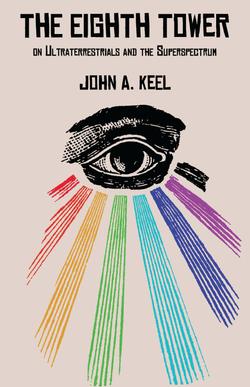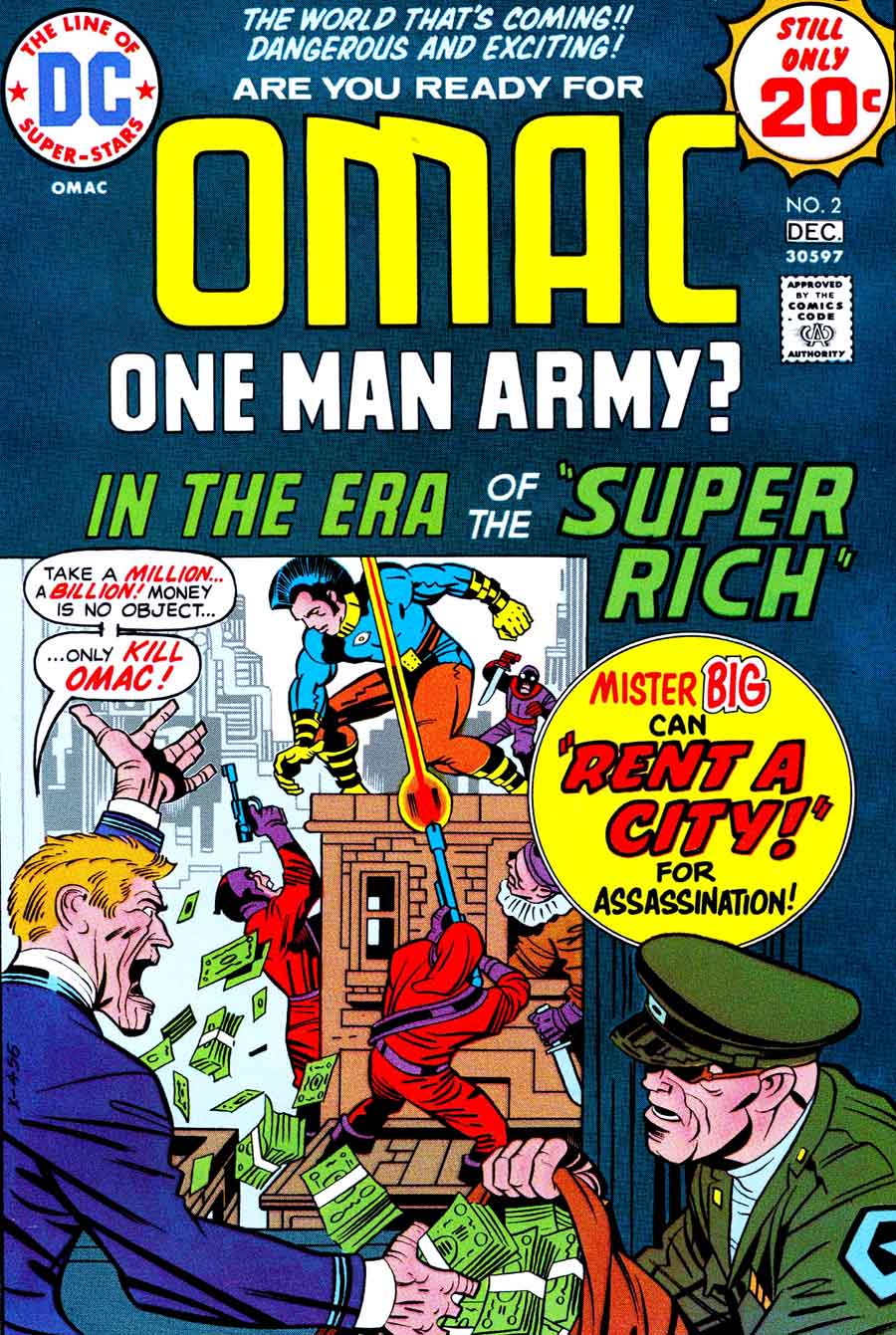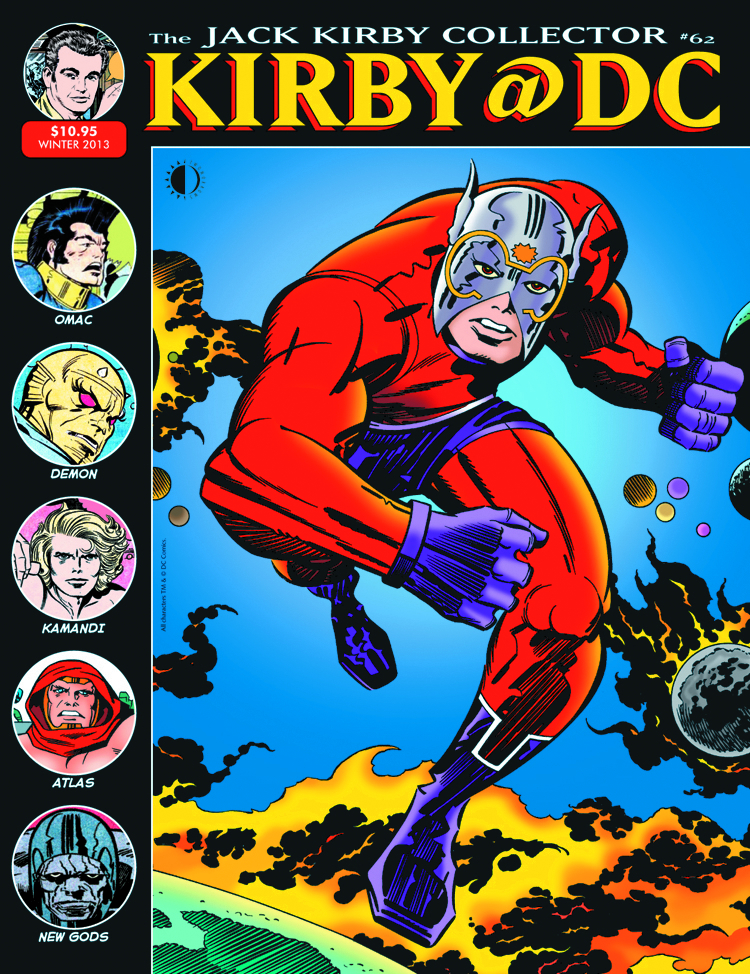Wednesday, January 29, 2014
Homeland Security Drone Crashes Off the Coast of San Diego
Echoes of my Fortean Times article, "Strange Tales of Homeland Security," continue to resonate in mainstream news reports. For example, see Alicia Caldwell's 1-28-14 Associated Press article about a Homeland Security drone that crashed into the Pacific Ocean--significantly, just off the coast of San Diego--after developing unknown mechanical problems. One of the main focuses of my FT article, of course, was the inextricable link between roving surveillance drones and the intelligence milieu that fuels the infrastructure of San Diego. To read Caldwell's entire article, click HERE.
Tuesday, January 28, 2014
The Eighth Tower
Speaking of John A. Keel... his classic 1975 book, The Eighth Tower, has now been republished by Anomalist Books. Loren Coleman, Keel's friend and colleague, writes about this long overdue event in a recent blog entry entitled "UFO Name Game Hits Shootings" in which he applies Keel's study of "name selectivity" to the spate of mass shootings now plaguing the U.S. You can read Coleman's analysis HERE, and you can order The Eighth Tower HERE.


Sunday, January 26, 2014
John A. Keel on Gangstalking
A correspondent has alerted me to several intriguing
documents that can be found on a website devoted to the research of the late
journalist, John A. Keel, who was without a doubt the preeminent investigator
of the paranormal in the 20th century. If you’ve read my recent Fortean Times article, “Strange Tales of Homeland Security” (in the
Sep. 2013 edition of FT), you might
wonder when the phenomenon known as “gangstalking” actually began. Some researchers speculate that the
harassment techniques we now associate with organized gangstalking can be
traced back to the heinous activities of the Ku Klux Klan just after the Civil
War. Others claim that the National
Security lockdown mentality that emerged in the aftermath of 9/11 led to the
out of control gangstalking now threatening (or, in far too many cases, outright eliminating) our
freedoms. Of course, at this point one
can’t be certain of the phenomenon’s true origins; however, it appears that
such organized harassment was indeed operative at least as far back as the
1960s and ‘70s when John A. Keel was at the peak of his investigative
prowess. By clicking HERE and HERE, you
will see Keel’s notes on a phenomenon that certainly bears an eerie resemblance
to what we now know as “gangstalking.”
It’s interesting to note that these documents also serve as evidence of
Keel’s meticulousness as a researcher of cryptoscatological subjects.


Friday, January 17, 2014
Captain America Meets Big Brother
My article entitled "Captain America Meets Big Brother," which analyzes the prescient qualities of Jack Kirby's 1970s science fiction comic book OMAC, can be found in the latest issue of John Morrow's excellent magazine, The Jack Kirby Collector (#62). Kirby's OMAC was a short-lived dystopian comic book series about Buddy Blank, an employee of a multinational corporation called Pseudo-People, Inc., who is chosen by the Global Peace Agency to undergo an experiment that transforms him into a superhuman One Man Army Corps (hence the acronym, "O.M.A.C."). A scientist named Dr. Myron Forest performs "electronic surgery" on Mr. Blank, which succeeds in connecting Blank, body and soul, with a sentient orbiting satellite known as Brother Eye. The intimidating symbol on OMAC's chest is the all-seeing eye, symbolizing the fact that a target, once chosen, cannot easily escape OMAC's field of vision.

This darkly humorous superhero saga accurately anticipates the effects of such present day technological trends as "smart bombs" (yes, that's actually what Kirby calls them in the comic book), virtual reality entertainment devices, reconnaissance satellites, genetic and social engineering run amok, and even fantasy sex dolls. If you're interested in learning more about Kirby's uncanny prognosticative talents, then I urge you to read "Captain America Meets Big Brother." Simply click HERE to order a copy of The Jack Kirby Collector #62.


This darkly humorous superhero saga accurately anticipates the effects of such present day technological trends as "smart bombs" (yes, that's actually what Kirby calls them in the comic book), virtual reality entertainment devices, reconnaissance satellites, genetic and social engineering run amok, and even fantasy sex dolls. If you're interested in learning more about Kirby's uncanny prognosticative talents, then I urge you to read "Captain America Meets Big Brother." Simply click HERE to order a copy of The Jack Kirby Collector #62.

Thursday, January 16, 2014
Questioning the Edward Snowden Story
As far as I can tell, Jon Rappoport is the only American journalist asking the right questions about the ongoing Edward Snowden controversy. To understand what I mean, simply click HERE and read Rappoport's 1-15-14 article entitled "The 36 Mysterious Days of Edward Snowden."
Wednesday, January 15, 2014
Hollywood and the CIA
In Chapter Five of Cryptoscatology I touched on the intersection between Hollywood and the Central Intelligence Agency. This same intersection is the subject of Ken Dilanian's 1-10-14 Los Angeles Times article entitled "Hollywood Figures Spied for CIA, Book Asserts." What follows is a brief excerpt:
"It’s well known that Hollywood loves a good spy story. But what is also true, according to a new memoir by a former senior CIA official, is that movie makers regularly do some real-life spying.
"It’s well known that Hollywood loves a good spy story. But what is also true, according to a new memoir by a former senior CIA official, is that movie makers regularly do some real-life spying.
"'The CIA has long had a
special relationship with the entertainment industry, devoting
considerable attention to fostering relationships with Hollywood movers
and shakers—studio executives, producers, directors, big-name actors,'
John Rizzo, the former acting CIA general counsel, wrote in his new
book, Company Man: Thirty Years of Crisis and Controversy in the CIA.
"People might assume that since Hollywood leans to the political left, the CIA’s relationships 'would be with the sort of conservative picket of Hollywood,' Rizzo said in an interview. 'Well, that’s not true. People one would normally associated with liberal causes have assisted CIA.'
"Alas, Rizzo is prohibited from naming names. They are classified. The CIA declined to comment.
"He did, however, provide some detail about the types of help the agency has solicited from Hollywood. At times, Rizzo said, film makers will be asked to allow a CIA operative to pose as a member of their crew, particularly if a movie is being filmed in a country where the spy agency has difficulty operating.
"The CIA also recruits actors to give more visibility to propaganda projects abroad, such as a documentary secretly produced by the agency, Rizzo said. And the agency sometimes takes advantage of the door-opening cachet that movie stars and other American celebrities enjoy. A star who met a world leader, for example, might be asked for details about that meeting.
"The CIA has officials assigned full time to the care and feeding of Hollywood assets, Rizzo wrote. Other former CIA officials added that some of those operatives work in the Los Angeles office of an agency department called the National Resources Division, which recruits people in the U.S. to help America spy abroad.
"'It was going on when I got there, and it was going on when I left,' in 2009, Rizzo said, adding that the activities continue."
The entire article can be read HERE.
"People might assume that since Hollywood leans to the political left, the CIA’s relationships 'would be with the sort of conservative picket of Hollywood,' Rizzo said in an interview. 'Well, that’s not true. People one would normally associated with liberal causes have assisted CIA.'
"Alas, Rizzo is prohibited from naming names. They are classified. The CIA declined to comment.
"He did, however, provide some detail about the types of help the agency has solicited from Hollywood. At times, Rizzo said, film makers will be asked to allow a CIA operative to pose as a member of their crew, particularly if a movie is being filmed in a country where the spy agency has difficulty operating.
"The CIA also recruits actors to give more visibility to propaganda projects abroad, such as a documentary secretly produced by the agency, Rizzo said. And the agency sometimes takes advantage of the door-opening cachet that movie stars and other American celebrities enjoy. A star who met a world leader, for example, might be asked for details about that meeting.
"The CIA has officials assigned full time to the care and feeding of Hollywood assets, Rizzo wrote. Other former CIA officials added that some of those operatives work in the Los Angeles office of an agency department called the National Resources Division, which recruits people in the U.S. to help America spy abroad.
"'It was going on when I got there, and it was going on when I left,' in 2009, Rizzo said, adding that the activities continue."
The entire article can be read HERE.
Subscribe to:
Comments (Atom)